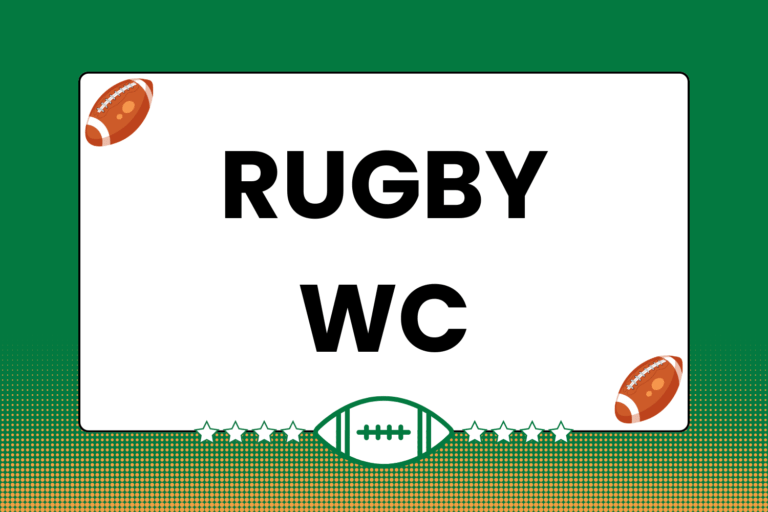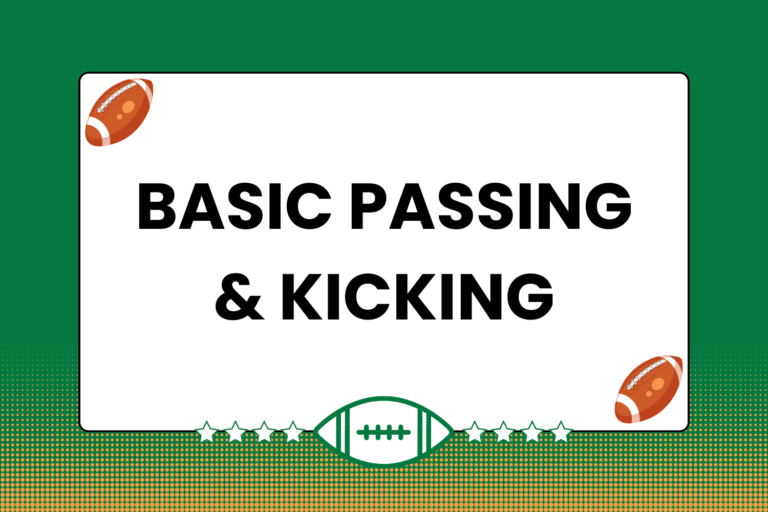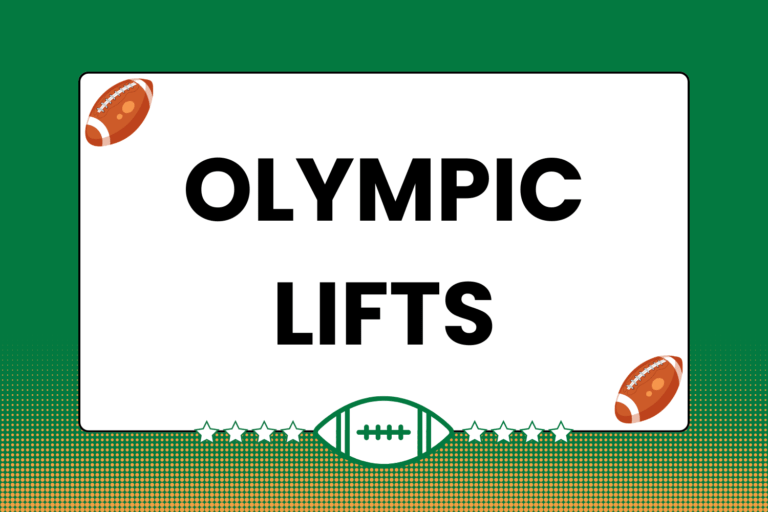Myth: Hitting the ball carrier as hard as possible is the only way to make a good tackle.
Fact: Making a good tackle means preventing the ball carrier from playing the ball, not hitting that player as hard as possible.
Everyone wants to make the big hit. And why wouldn’t they? Big hits get the loudest reactions from the crowd, the most post-match recognition, and are the best way to earn a don’t-mess-with-that-player reputation. They make opponents hesitate when approaching a possible contact situation. They look good on film, and will likely be talked about for days after the match. So shouldn’t every tackle be as hard as possible? Well, yes … and no.
Good tackling technique is a combination of several things, a hard hit among them. The most crucial element, though, is simply understanding the different steps of a tackle. A tackle happens rather quickly from start to finish. But by breaking up the action into three steps it becomes easier to understand the different parts that make up an effective tackle. Another way to think of it is by breaking it down into the before, during and after parts.
This guide focuses on how to position your body as you prepare to make a tackle- in other words, the ‘before’ part.
Hot Tip: Smart Tackling
Players should definitely come into every tackling situation with the maximum level of effort, but not necessarily for the specific purpose of hitting the ball carrier as hard as possible.
Instead, the focus should be on developing and using the best technique possible, rather than trying to knock opponents into next week.Good technique directly results in making more tackles and being able to tackle players of all sizes and in all situations.
Getting into Position
Getting in the habit of knowing where, how and when to make a tackle before attempting one is crucial to becoming a consistently solid tackler. Like any other skill, the more it’s practiced, the more it becomes natural instinct. Ruggers that have played for years can head into almost any tackle and instinctively position themselves to make it a good one (and not injure themselves).
Step 1: Pick and Follow the Target
Sometimes the ball carrier is directly ahead, in which case the target is obvious. Other times, players are spread out in a defensive line and marking a specific offensive player/group of players. It’s obviously more difficult to mark only one offensive player if the defensive team is not using a player-to-player defensive strategy. Still, it’s a good idea to constantly switch from knowing where the ball is to knowing where your target(s) is/are.
Step 2: Close the Space
Once a specific target is established, reduce the space between it and you. Try to have a ‘Goldilocks’ distance in mind ahead of time – not too far, not too close, but just right (It’s a good idea to experiment with this in practice, as working on it during a match runs the moderate risk of multiple missed tackles and an angry coach).
The amount of space to give depends directly on the ball carrier and your skills as a tackler. Some ball carriers will run right at you, while others will try to dance around you. Adjust the ‘Goldilocks’ distance accordingly and from tackle to tackle.
Hot Tip: Tackle Prep Work
The key element of positioning is preparation. The more prep work done before the tackle, the more likely it is to be successful and not result in an injury.
Step 3: Find the “Safe Side”
Not surprisingly, it’s easy to become injured when tackling. A very simple but effective injury preventing habit to practice is tackling with the head on the “safe side,” or the side of the ball carrier’s body that’s not going to make contact with the ground first. This leads directly into the next step of the tackle, but picking out the safe side ahead of time is definitely a good skill to practice on its own.
From Positioning to Contact
The ability to make a solid tackle directly depends on being able to put yourself in the right position ahead of time. However, proper positioning loses its value if you don’t know what to do from there. Continue on to the “Effective Rugby Tackle: Contact” guide to learn about what comes after positioning!





